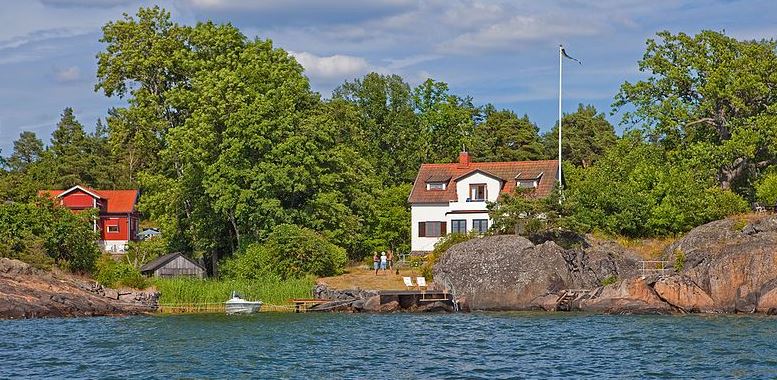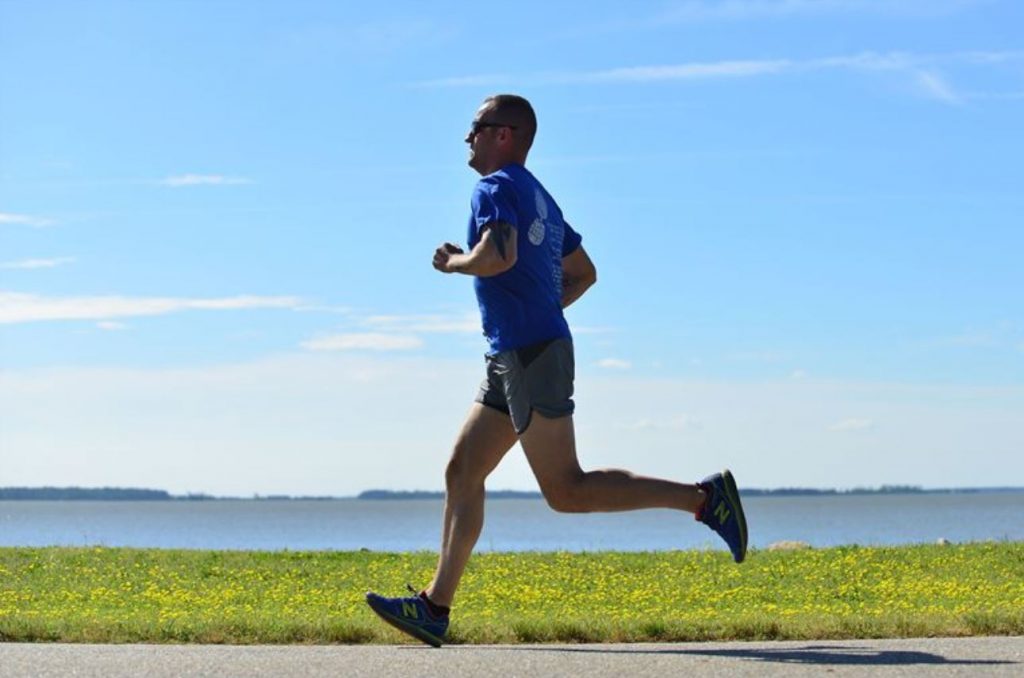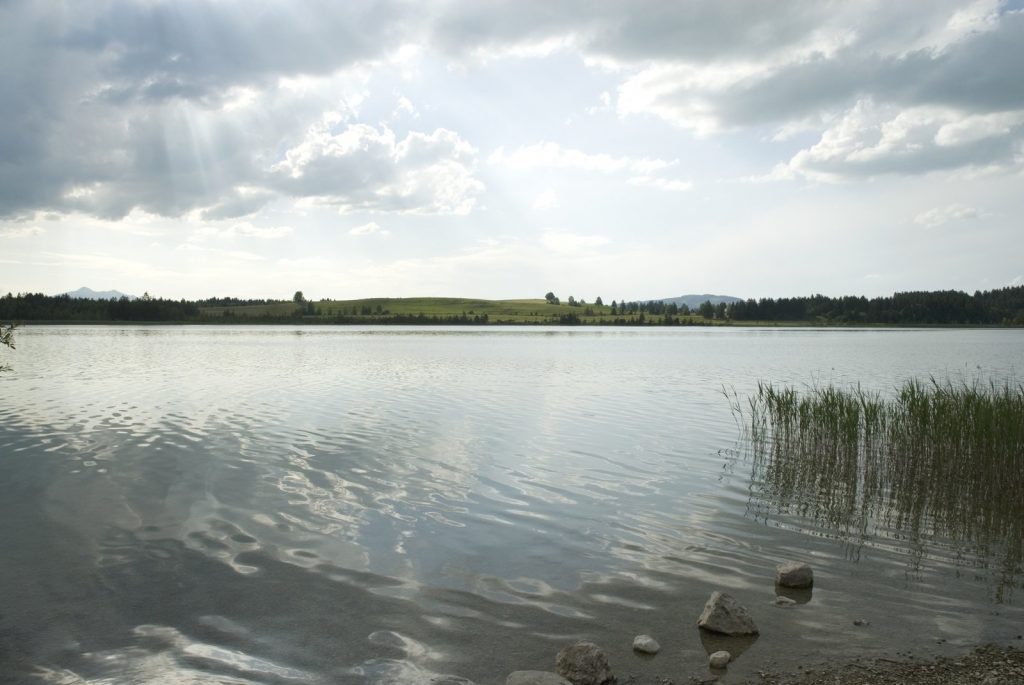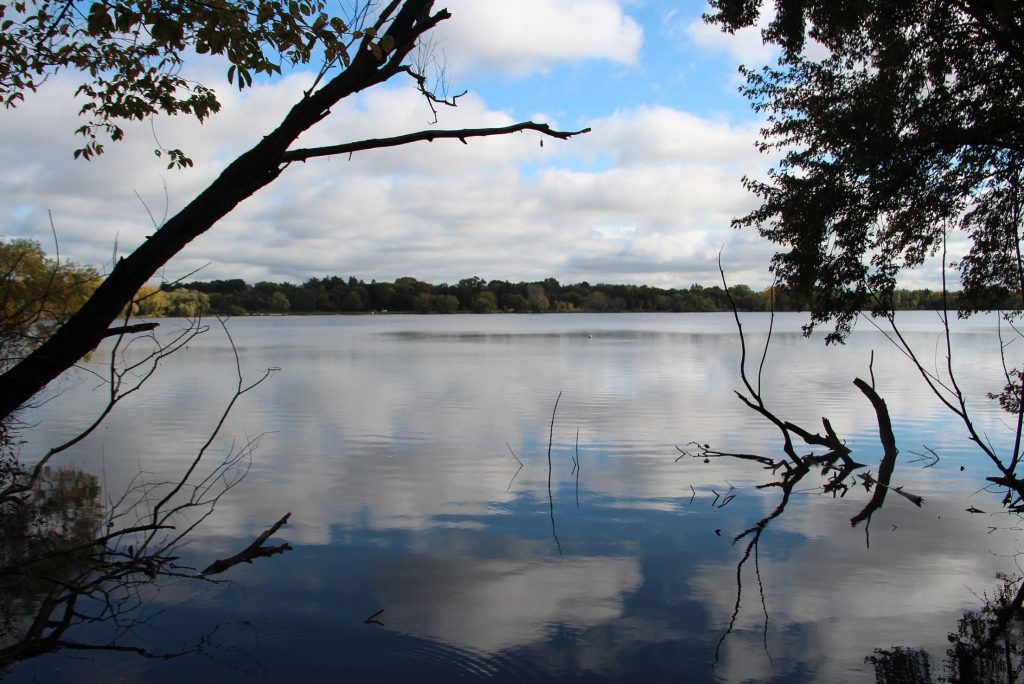
The many neighborhoods near Lake Nokomis in Minneapolis feature beautiful residential homes, apartments, and townhouses. While houses vary in cost and are rising throughout the area, a buyer can find a good deal.
As with any kind of real estate, waterfront realty sales come with a handful of unique considerations.
If you plan to buy a residence on the water, be it a lake, ocean or river, it is wise to know for sure what your rights and responsibilities are to that water and its shoreline on or near your property.
For instance, you may be required to build a dock with specialized characteristics. A lot areas have rules and regulations governing what kind of dock can be built.
Are you permitted to moore your boat there? Oftentimes your rights end at the waterline.
Is your beach property accessible to public visitors or are you able to limit who goes there?
Can you build beside the waterline, or does any type of structure need to be erected a certain distance away?
Be certain to research the maximum water levels, and investigate the flooding history of the region. Answering each of these questions is important to your successful future at your waterfront home. Be sure to dig for the facts before buying, so you know what to expect and what to do.
Living next to water, it is imperative that you realize that it is a delicate ecosystem. Consider the environmental effect of all that you do.
It is prudent to avoid things like weed killers for your grass if your lawn runs down a slope into the water. Check local and state laws governing what is safe to use on your property and what is not.
For this reason, houses with septic systems beside a body of water may be governed by special regulations. Since the water level is higher underground, follow the rules carefully to prevent sewage from leaching into the lake, into your drinking water or into your basement during the wettest times of year.
To limit flooding and ensure waterproofing, It is wise to have your basement inspected by local Canton foundation contractors.
You should also definitely consider safety when living right beside water. Ask neighbors and others in town about possible local dangers, such as hidden currents or underwater rocks near the surface. Consider also old rusted boats or garbage that has sunk that could injure unaware swimmers.
When you determine everything you need to know about your own piece of waterfront real estate, it’s time to sit back and enjoy its many benefits.
The active community around the lake take advantage of its beaches, bike paths, and athletic fields and facilities. Minnehaha Park is also located in Nokomis area, and includes walking and bike trails, areas for picnics, and Minnehaha waterfalls.
Additionally, Nokomis features many retails stores and shops, restaurants, and cafes.
Not only will you love living in such a beautiful region and enjoy local recreation, you’ll have peace of mind knowing you have invested in the most valuable real estate in the great state of Minnesota.


